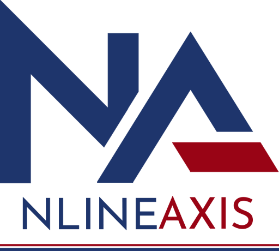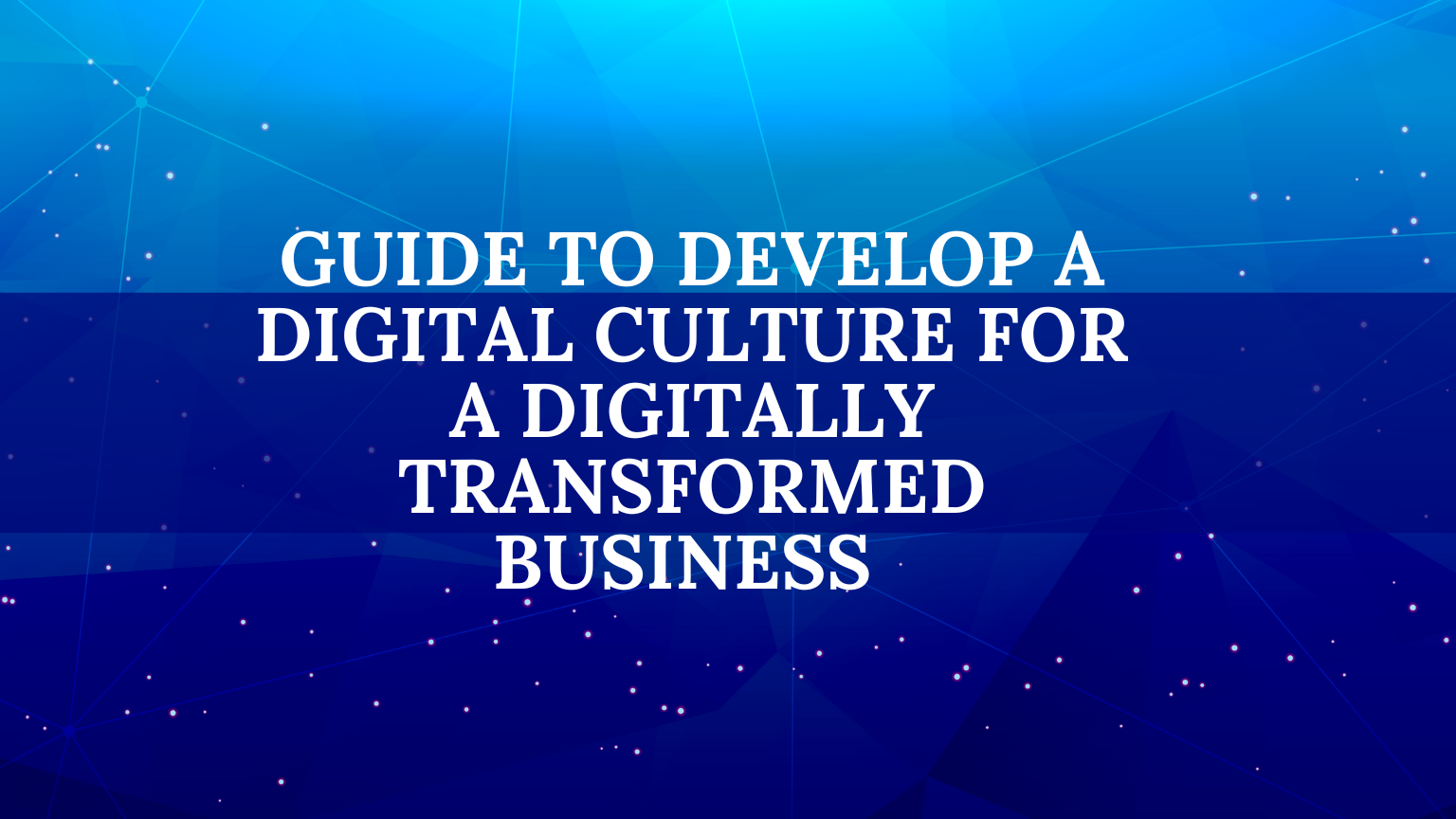Guide to Develop a Digital Culture for a Digitally Transformed Business

Digital culture goes beyond the daily use of tools and platforms within an organization. It means a digital-first mindset, where employees appreciate the potential of technology to foster innovation. For successful digital adoption, establishing a digital culture before an organization undertakes digital transformation (DX) becomes important. And organizational leaders must emphasize digital culture as an enabler of effective digital transformation results.
“The IDC FutureScape: Worldwide Digital Transformation 2021 Predictions report highlights culture’s importance in DX rollouts. It predicts that 50% of enterprises will implement organizational culture optimized for DX by 2025, a necessary trait for success in the digital economy.”
4 Cultural Milestones To Optimize Your Digital Transformation Journey
Milestone 1: Define Your Target Culture
Define what a digital culture means to you. A digital culture encompasses employee collaboration, customer centricity, transparent and accountable business operations, and an agile and dynamic business setup – all anchored in technology!
But since customers, business offerings and operations, employee expectations, and the need for a DX strategy is unique to each company, you need to first define your target digital culture.
For this, identify:
- Which teams will be working on the tools and technologies to be adopted.
- How digitally exposed is your workforce / how ready is your current organizational culture for a digital shift
- What business processes you plan to streamline
- What business goals you wish to achieve with the technology implementation
- What kind of new opportunities DX can open for your company
- Interviews with key stakeholders, employees, and external partners will help find the answers, and consequently, the blueprint of your target digital culture.
- The responses you get will establish roles and responsibilities, areas of focus, team interactions, work practices, and pace of adoption, etc. with regards to DX.
In addition to valuable inputs, these interviews with employees and other stakeholders also ensure mindshare, participation, and timely sign offs.
Milestone 2: Activate Leadership And Engage Employees
Typical organization-wide strategy rollouts require cross-organisational buy-in to see it through—a “top-down” approach. DX introduces the additional mandate for a “bottom-up” perspective to reduce dependence on the top leadership.
A self-sustaining culture driven by employee beliefs is essential to maintain digital focus over the years. This requires unwavering conviction from every employee, rather than digital practices that exist only due to the top management’s directives.
The leadership should focus on:
- Clear and consistent communication with employees on the objectives of DX
- Activating governance plans for technology rollout
- Putting upskill programme in place to create a strong digital mindset and know-how in employees
- Identifying DX Ambassadors and setting up Steering Committees to monitor DX focus and momentum
- Deciding organizational and employee performance metrics vis-a-vis DX
- Redefining job roles to meet the new goals
- Modifying the recruitment processes to get the right talent onboard
The employees, on the other hand, should be engaged through:
- Communication on how technology will boost their performance and help them grow in their role
- Customized trainings that help adapt to the digital workstyle
- Feedback mechanisms that capture their opinion on the DX initiatives
- Newsletters, emails, and meetings that keep them informed on how DX is working out for their team and the company
Milestone 3: Test and Proceed
Instead of a Big Bang rollout, divide your long-term DX strategy into smaller projects that directly correlate to business outcomes. Each phase can include customer-facing initiatives and process improvements.
A ‘Test-and-Proceed’ approach drives hands-on ownership and acceptance in the workplace. Lessons from these exercises can be used by all stakeholders to assimilate changes seamlessly. On a related note, rely on measurable Key Performance Indicators (KPIs) to ensure that DX is on the right track.
Address culture gaps without delay, even as you reward significant employee contributions to the DX effort. DX Ambassadors and Steering Committees can aid your decision-making in this regard.
Milestone 4: Metrics To Measure Ongoing Success
Measuring the impact of DX culture on an ongoing basis can be difficult at times due to the intangible nature of team culture. This is why we need metrics that account for the collaboration, responsiveness, transparency, and innovation that result from a strong digital culture. Think of KPIs that capture the translation of such soft skills into:
- Effective employee and team decision-making
- Desired business outcomes
- Higher customer-centricity and satisfaction
- Increased organizational digital maturity
- A strong digital culture ensures that DX permeates every aspect of the business. An incremental approach supported by constant reinforcement of values is the ideal way to go.
- When you undertake your DX journey with Nlineaxis IT Solutions Private Limited, you get the advantage of Salesforce’s proven expertise and step-by-step guidance to set up an organizational environment that complements your DX goals.
Conclusion
Salesforce recommends a step-by-step strategy that seamlessly involves, engages, and gets the most out of products, people, and processes. To know more on how to create a digital culture in your organization and drive digital adoption, contact us.


